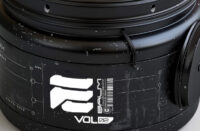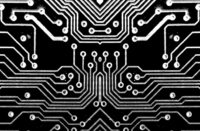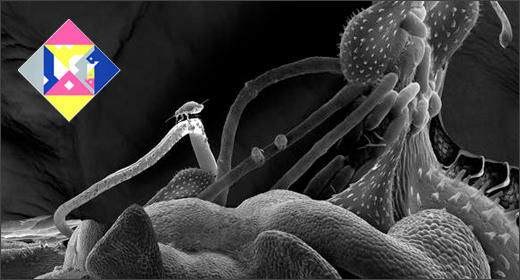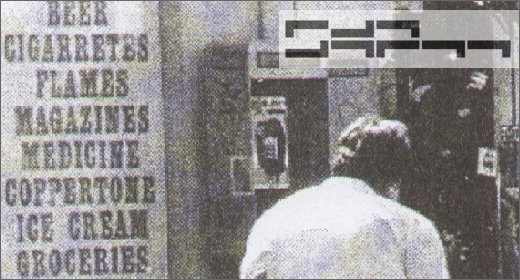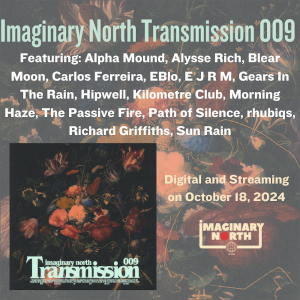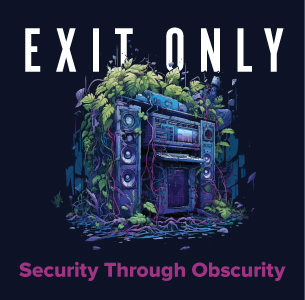 (01.10.05) In late 2004, Bola quietly returned to Skam after an excursion on Peacefrog under the Jello moniker with his third full-length release for the label: Gnayse. Neither as trance-like as Soup nor as bass-heavy and jagged as the thunderous Fyuti, Gnayse is a more precise, refined, clean and reflective album that still manages to sound amazingly lush and enveloping. And yet it’s oddly difficult to describe outside of the context of Bola’s previous two albums. If there’s one thing that Gnayse lacks when compared to its predecessors, it’s their flair for simple yet captivating melody. Both “Effanajor” and its sister track “Effaninor” – two of the most effective tracks on Gnayse – rely on a simple progression up and down a scale as a basis for their melody, and whilst Fitton has injected enough of his trademark lushness into both pieces, they come off as less inventive and emotionally gripping as works like “Magnasushi,” “Aguilla,” “Vespers” or “Glink.” As a result, though Gnayse remains as heady and full-bodied as both Soup and Fyuti, it is somehow rather less involved or involving. Strangely, however, this doesn’t actually seem to matter much, as Gnayse is both more cohesive than Fyuti and yet more varied than Soup.
(01.10.05) In late 2004, Bola quietly returned to Skam after an excursion on Peacefrog under the Jello moniker with his third full-length release for the label: Gnayse. Neither as trance-like as Soup nor as bass-heavy and jagged as the thunderous Fyuti, Gnayse is a more precise, refined, clean and reflective album that still manages to sound amazingly lush and enveloping. And yet it’s oddly difficult to describe outside of the context of Bola’s previous two albums. If there’s one thing that Gnayse lacks when compared to its predecessors, it’s their flair for simple yet captivating melody. Both “Effanajor” and its sister track “Effaninor” – two of the most effective tracks on Gnayse – rely on a simple progression up and down a scale as a basis for their melody, and whilst Fitton has injected enough of his trademark lushness into both pieces, they come off as less inventive and emotionally gripping as works like “Magnasushi,” “Aguilla,” “Vespers” or “Glink.” As a result, though Gnayse remains as heady and full-bodied as both Soup and Fyuti, it is somehow rather less involved or involving. Strangely, however, this doesn’t actually seem to matter much, as Gnayse is both more cohesive than Fyuti and yet more varied than Soup.
Whilst it doesn’t perhaps have the addictive wow factor of its predecessors, once you start listening to Gnayse, it’s hard to tear yourself away from it again. Gnayse is much more human, natural and organic; There is a notable absence of the mechanical, spiky pieces that were present on Fyuti, and in many ways the less ambient tracks on Gnayse are rather more reminiscent of Fitton’s work as Jello. Real, or at least more realistic-sounding instrumentation was more prevalent in that body of work – a key progression of Fitton’s sound – and the abundance of piano and strings on Gnayse seems to reflect this.
The use of piano and vocal samples on the decidedly odd “Papnwea” (which twists and turns both in tone and texture) is a good example; “Pfane Pt. 1” is more reminiscent of the hazy and nostalgic work of Boards Of Canada whilst “Pfane Pt. 2,” despite its brittle fx and sci-fi atmospherics, features a supple and melancholy piano solo. “Effanajor,” as previously mentioned, is as close to early Bola material as Gnaysegets and, despite the aforementioned reliance on simple scale progression as melody, is successful because of the meticulously textured strings and heavenly vocal “aahs” that caress the ears at the core of the piece. Its sister track, “Effaninor,” is more rhythm-driven, sharing the precision engineered, brushed stainless steel percussion and effects of “Effanajor” but sporting slighter strings and washes. It is this kind of music for which Bola is most often praised and “Effanajor” in particular stands out as one of his finest compositions. There are one or two rather noodly little tracks that bump up the numbers without really adding much to the overall experience: “Heirairerr” idly floats by for two and a half minutes, whilst the whispering, breathy “Opanopono” is, again at two and a half minutes, rather too short and with no good reason since it is strangely reprised after a few moments silence at the end of the final track on the album.
Gnayse is another very fine entry in Bola’s canon. More refined than previous releases, yet still as warm and lush as is musically possible, Gnayse comes highly recommended.
Gnayse is out now on Skam Records.







